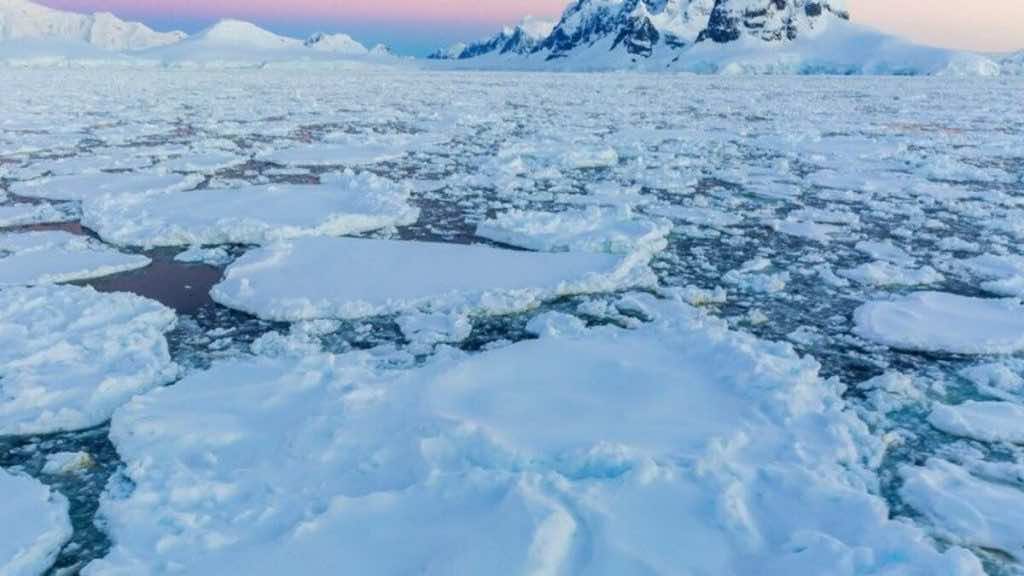Plastic pollution, one of the most pressing problems of our time, is the major factor in environmental deterioration. A piece of shocking news made headlines on Wednesday when researchers reported that they had found strains of plastic in the Antarctic snow, which is considered the remotest location ever.
They initiated the research back in 2019 and contemplated the collection of samples, which included 19 samples gathered from the fresh snow in the Antarctic region of Ross Island, from the nearby research stations, which constituted up to 6 samples, and 13 of them were taken from the areas having minimal human interference. Unfortunately, after doing an extensive analysis of the samples taken, it was concluded that the fresh Antarctic snow contains plastic in smaller proportions.
The researchers say that the discovery of plastic in the remotest areas of the world is proof that no place on Earth is actually secure from this pollution. The environmental scientist Alex Aves, who also put a great deal of effort into the research, has stated, “It’s incredibly sad, but finding microplastics in fresh Antarctic snow highlights the extent of plastic pollution in even the most remote regions of the world.”
The research indicates that about “29 particles of plastic per liter of melted snow” were collected from the samples. With that being said, it is now clear that microplastics are almost everywhere on Earth. Even human blood is contaminated with these pollutants. The phenomenon is adversely affecting our environment and causing the habitat to become prone to its detrimental effects.
Laura Revell, who is the second co-author of this project and a renowned environmental physicist, said that whenever any research is being conducted on finding microplastics anywhere in the world, we couldn’t recall if we ever found a place untouched by plastic. This shows how fast it is expanding even in those parts of the world where there is little to no population.
Coupled with this, these tiny particles when combined with the snow droplets attract more sunlight as compared to those without plastic and then send this consumed sunlight into space, which is even more harmful. They have a tendency to increase the temperatures of the Earth and ultimately may lead to the melting of snow and glaciers, which is another possible threat to the environment.

